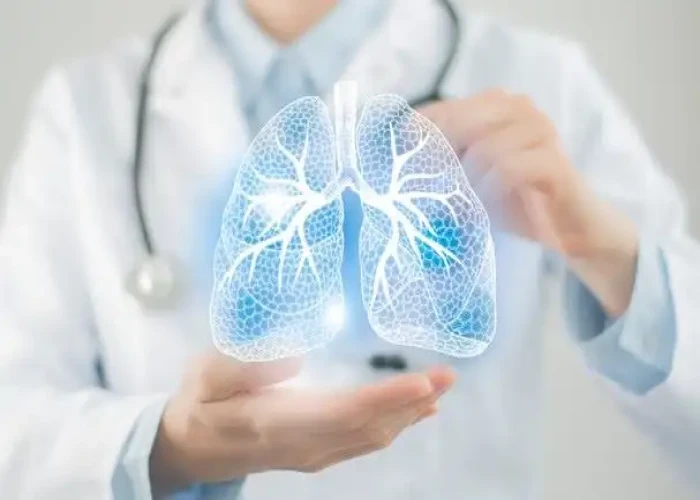 Welcome
Welcome
“May all be happy, may all be healed, may all be at peace and may no one ever suffer."
Sarcoidosis
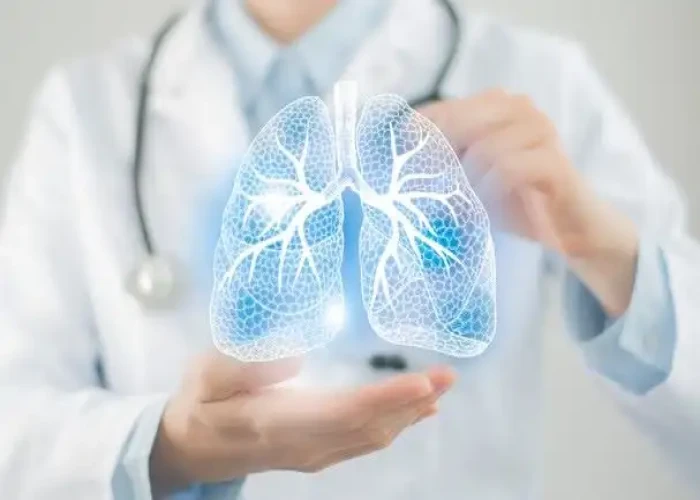
Sarcoidosis is a chronic inflammatory condition that can affect various parts of the body, but most commonly affects the lungs, lymph nodes, and skin. It is characterized by the formation of granulomas, which are small clusters of cells that can form in different organs, and can cause inflammation and damage to tissues.
The cause of sarcoidosis is not yet fully understood, but it is thought to involve an abnormal immune response to certain environmental triggers, such as infections, toxins, or allergens. It can affect people of all ages and ethnicities, but is more common in young and middle-aged adults, and in some populations, such as African Americans and people of Scandinavian or Irish descent.
Symptoms of sarcoidosis can vary depending on the organs involved and the severity of the disease, but may include cough, shortness of breath, chest pain, skin rashes or lesions, joint pain or swelling, and fever. In some cases, sarcoidosis may be asymptomatic and discovered incidentally during routine medical examinations.
Diagnosis of sarcoidosis typically involves a combination of medical history, physical examination, laboratory tests, imaging studies such as chest X-ray or CT scan, and biopsy of affected tissues to confirm the presence of granulomas.
Treatment for sarcoidosis may depend on the severity and extent of the disease, as well as the organs affected. Options may include corticosteroids or other immunosuppressive medications to reduce inflammation, and medications to manage symptoms such as pain, cough, or skin lesions. In some cases, surgery may be necessary to remove granulomas or damaged tissues.
Prognosis for sarcoidosis can vary widely depending on the severity and extent of the disease, as well as the response to treatment. In some cases, sarcoidosis may resolve spontaneously without treatment, while in others, it may progress and lead to chronic complications or disability. Regular medical follow-up is important to monitor for any signs of disease progression or complications.
Research Papers
Disease Signs and Symptoms
- Fatigue (Tiredness)
- Sensitivity to light (Photophobia)
- Chest pain
- Shortness of breath (dyspnea)
- Fainting (syncope)
- Irregular heartbeats (arrhythmia)
- Rapid fluttering heartbeats (palpitations)
- Swollen (Edema)
- Disfiguring sores (lesions) on the nose, cheeks and ears
- Red eyes (conjunctivitis)
- Dry eyes
- Swollen lymph nodes
- Weight loss
- Joint pain
- Swollen joint
- Swollen feet and ankles (edema)
- Blurred vision of eye
- Eye pain or burning
- Itching
- Growths under the skin (nodules), particularly around scars or tattoos
Disease Causes
Sarcoidosis
Doctors don't know the exact cause of sarcoidosis. Some people appear to have a genetic predisposition to develop the disease, which may be triggered by bacteria, viruses, dust or chemicals.
This triggers an overreaction of your immune system, and immune cells begin to collect in a pattern of inflammation called granulomas. As granulomas build up in an organ, the function of that organ can be affected.
Disease Prevents
Disease Treatments
There's no cure for sarcoidosis, but in many cases, it goes away on its own. You may not even need treatment if you have no symptoms or only mild symptoms of the condition. The severity and extent of your condition will determine whether and what type of treatment is needed.
Medications
If your symptoms are severe or organ function is threatened, you will likely be treated with medications. These may include:
- Corticosteroids. These powerful anti-inflammatory drugs are usually the first line treatment for sarcoidosis. In some cases, corticosteroids can be applied directly to an affected area — via a cream to a skin lesion or drops to the eyes.
- Medications that suppress the immune system. Medications such as methotrexate (Trexall) and azathioprine (Azasan, Imuran) reduce inflammation by suppressing the immune system.
- Hydroxychloroquine. Hydroxychloroquine (Plaquenil) may be helpful for skin lesions and elevated blood-calcium levels.
- Tumor necrosis factor-alpha (TNF-alpha) inhibitors. These medications are commonly used to treat the inflammation associated with rheumatoid arthritis. They can also be helpful in treating sarcoidosis that hasn't responded to other treatments.
Other medications may be used to treat specific symptoms or complications.
Other treatments
Depending on your symptoms or complications, other treatments may be recommended. For example, you may have physical therapy to reduce fatigue and improve muscle strength, pulmonary rehabilitation to decrease respiratory symptoms, or an implanted cardiac pacemaker or defibrillator for heart arrhythmias.
Ongoing monitoring
How often you see your doctor can vary based on your symptoms and treatment. Seeing your doctor regularly is important ― even if you don't need treatment.
Your doctor will monitor your symptoms, determine the effectiveness of treatments and check for complications. Monitoring may include regular tests based on your condition. For example, you may have regular chest X-rays, lab and urine tests, EKGs, and exams of the lungs, eyes, skin and any other organ involved. Follow-up care may be lifelong.
Surgery
Organ transplant may be considered if sarcoidosis has severely damaged your lungs, heart or liver.
Disease Diagnoses
Disease Allopathic Generics
Disease Ayurvedic Generics
Disease Homeopathic Generics
Disease yoga
Sarcoidosis and Learn More about Diseases
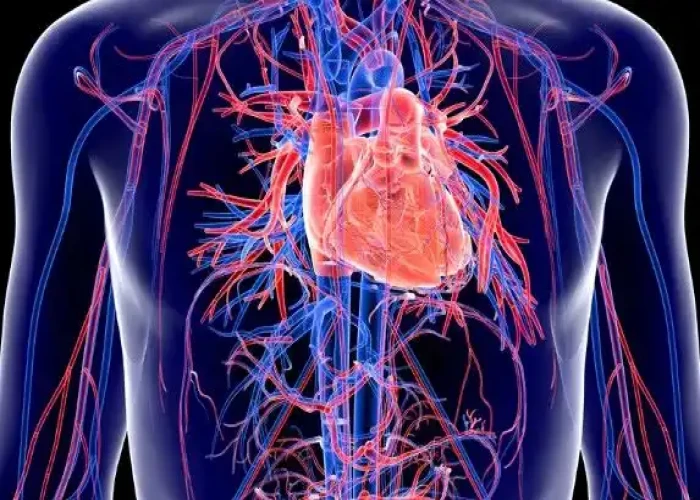
Transposition of the great arteries
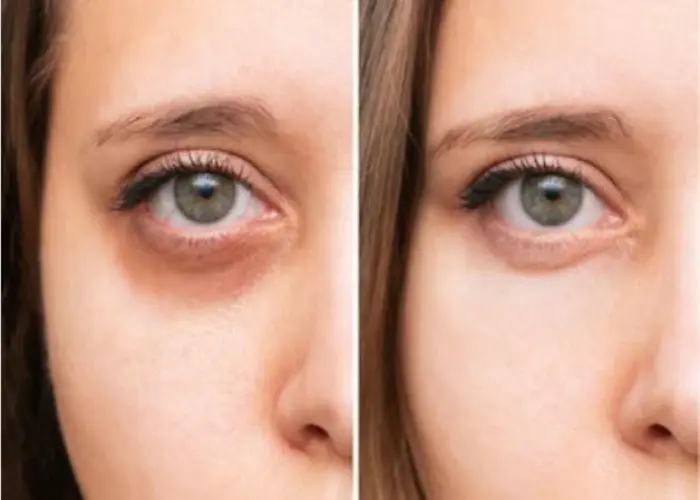
Bags under eyes

Gastroesophageal reflux disease (GERD)
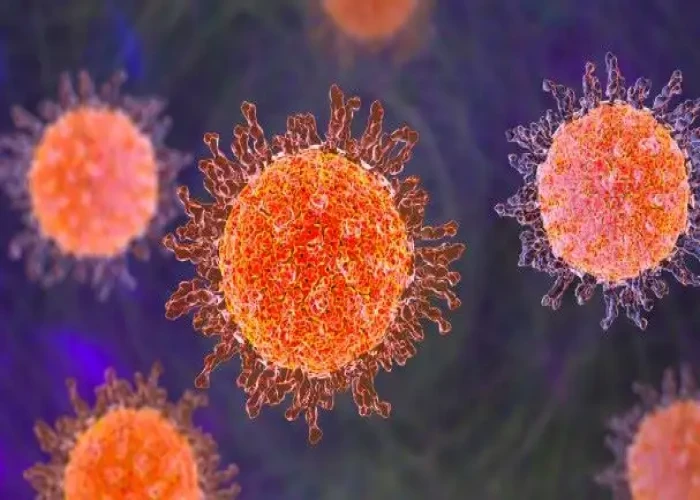
Sty

Pulmonary hypertension

Tonsil cancer
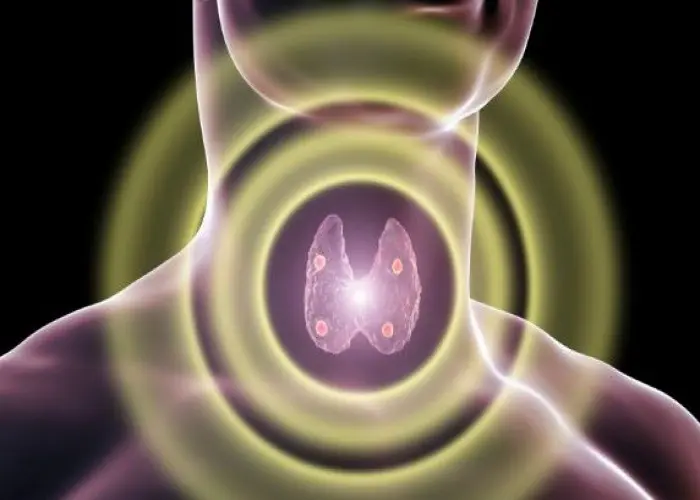
Hypoparathyroidism

Myofascial pain syndrome
sarcoidosis, সারকয়েডোসিস
To be happy, beautiful, healthy, wealthy, hale and long-lived stay with DM3S.
